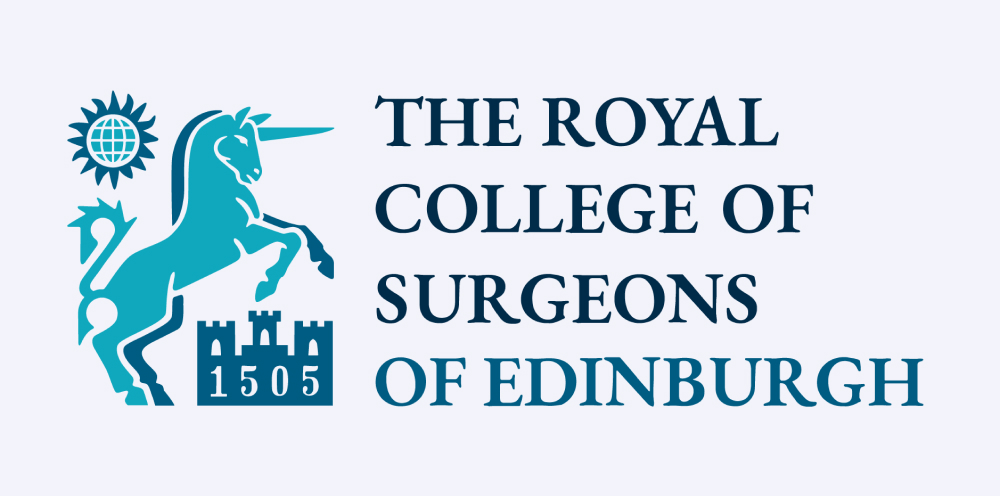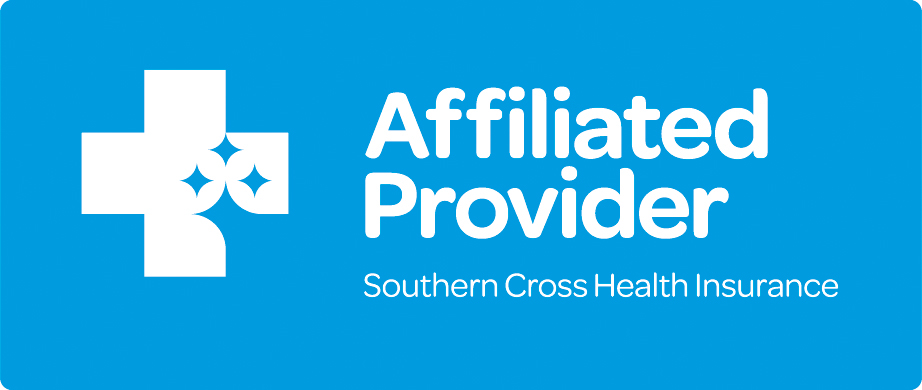Our vascular expertise means that you will receive the best care and advice
We specialize in treating varicose veins using the latest, globally recognized gold standard techniques. Our advanced treatments are designed to fit seamlessly into your busy lifestyle, often requiring little to no time off work and ensuring minimal discomfort throughout the process.
Our friendly and highly skilled team of experts is dedicated to providing personalized care tailored to your unique needs. We take the time to understand your concerns and guide you through the best treatment options available. Visit us to discover a path to healthier, more comfortable legs—let's find the right solution for you.









